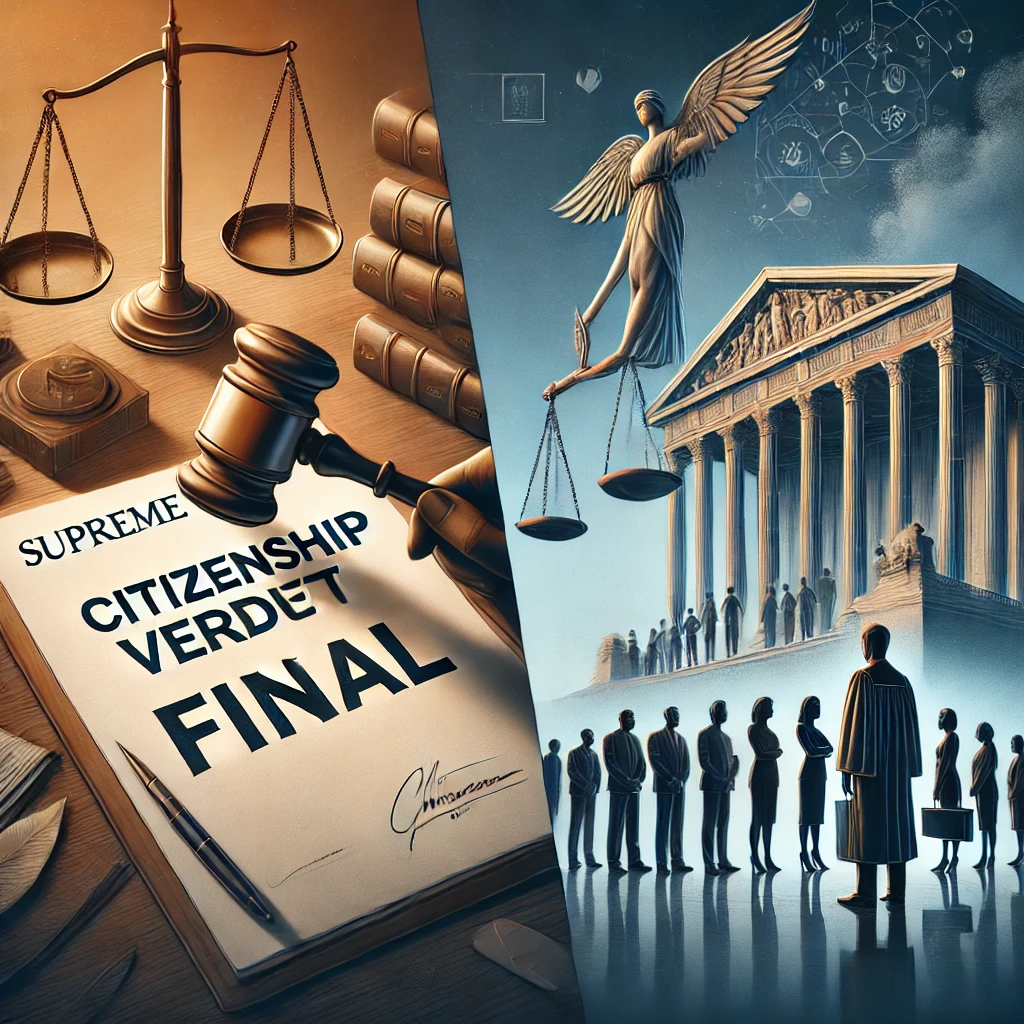The Plenary Power Doctrine under Immigration Law
The Plenary Power Doctrine in Immigration Law
What is the Plenary Power Doctrine?
The Plenary Power Doctrine is a constitutional principle holding that the Legislative and Executive branches of the federal government have broad, nearly absolute authority over immigration matters, including the admission, exclusion, deportation, and naturalization of non-citizens.
This doctrine limits the role of courts in reviewing immigration decisions, recognizing immigration as a political question primarily entrusted to the political branches, rather than the judiciary.
Origins and Scope
The doctrine derives from the federal government’s sovereign right to control its borders and to regulate who may enter or remain within its territory.
Immigration law is considered a political question, meaning courts generally defer to Congress and the Executive on these issues.
Judicial review of immigration decisions is thus very limited, especially regarding discretionary decisions like exclusion or deportation.
Key Features
Deference to Political Branches: Courts avoid interfering with immigration policies.
Limited Judicial Review: Courts generally uphold congressional statutes and executive decisions concerning immigration unless there is a clear violation of constitutional rights.
Broad Congressional Power: Congress can regulate immigration through laws on entry, deportation, and naturalization.
Executive Enforcement: The Executive branch enforces immigration laws and has wide discretion in applying them.
Important Case Law Illustrating the Plenary Power Doctrine
1. Chae Chan Ping v. United States (The Chinese Exclusion Case) (1889)
Facts: The U.S. government denied re-entry to Chae Chan Ping, a Chinese laborer who had left the country temporarily.
Holding: The Supreme Court upheld the government’s absolute power to exclude aliens, emphasizing that immigration control is a sovereign function.
Significance: This case firmly established the plenary power of Congress over immigration, even overruling prior treaty obligations.
2. Fong Yue Ting v. United States (1893)
Facts: Chinese immigrants were deported under laws requiring registration and deportation of those failing to comply.
Holding: The Court held that Congress has broad authority to deport non-citizens and that such authority is an essential aspect of sovereignty.
Significance: Reinforced plenary power in deportation matters and limited judicial interference.
3. Harisiades v. Shaughnessy (1952)
Facts: Aliens challenged their deportation on grounds of due process violations.
Holding: The Court recognized limited procedural protections but confirmed broad congressional and executive power over deportation.
Significance: Affirmed plenary power while acknowledging some constitutional limits in deportation cases.
4. Knauff v. Shaughnessy (1950)
Facts: An alien wife of a U.S. citizen was denied entry without explanation.
Holding: The Court held that the government’s exclusion decision is not subject to judicial review if it falls within the scope of plenary power.
Significance: Emphasized the limited scope of judicial review in exclusion cases.
Limitations and Criticism of the Doctrine
Although plenary power is broad, it is not absolute—constitutional protections like due process still apply in some circumstances.
Over time, courts have imposed some limits, requiring at least minimal procedural fairness.
The doctrine is criticized for allowing potentially unfair or arbitrary immigration decisions due to limited judicial oversight.
Summary
The Plenary Power Doctrine grants Congress and the Executive broad, near-absolute authority over immigration.
This includes controlling entry, exclusion, deportation, and naturalization.
Judicial review is highly limited; courts typically defer to political branches.
Landmark cases like Chae Chan Ping, Fong Yue Ting, Knauff, and Harisiades affirm and explain this doctrine.
Despite its breadth, the doctrine faces some constitutional constraints and ongoing debates about fairness and rights.





0 comments